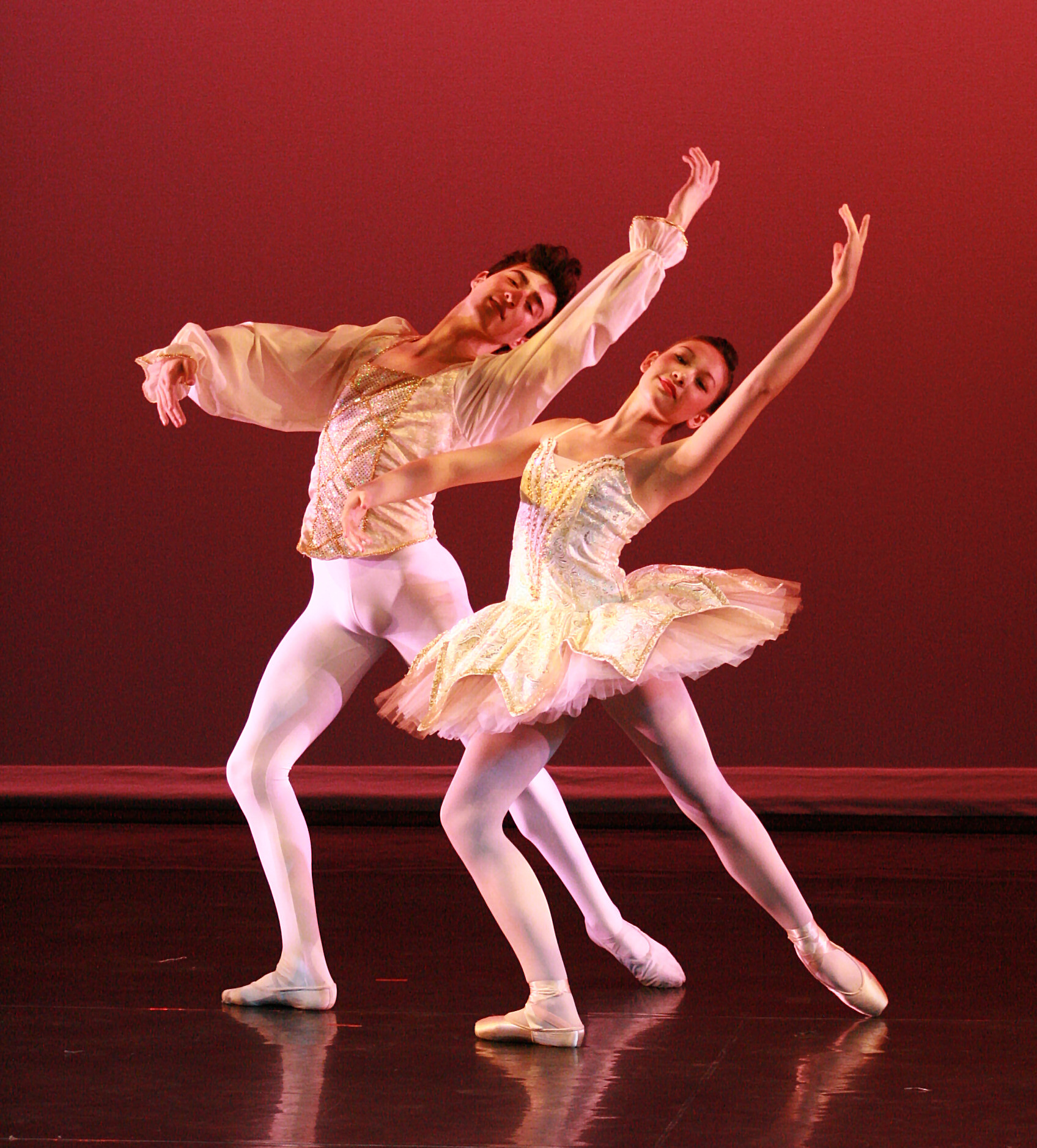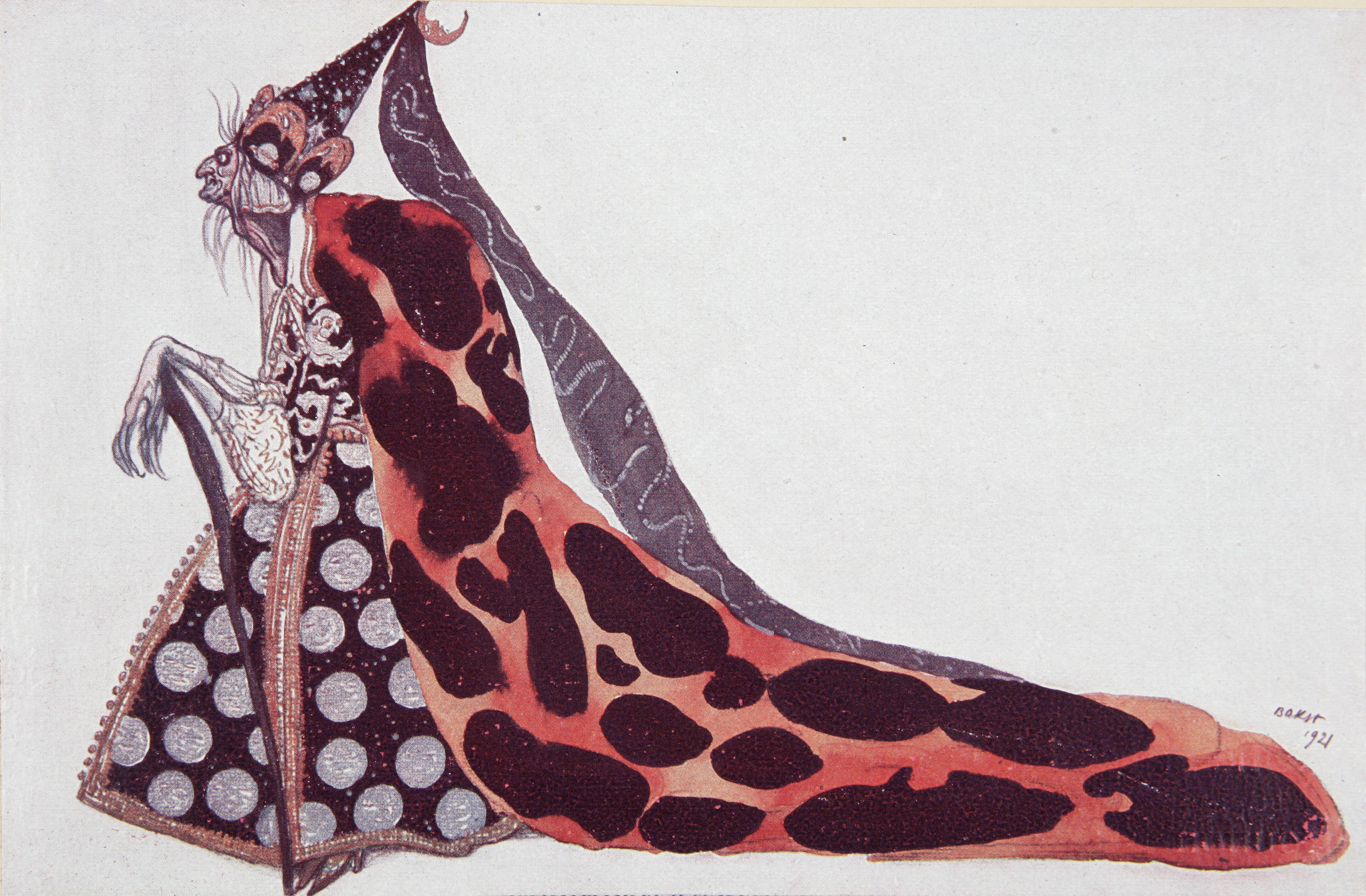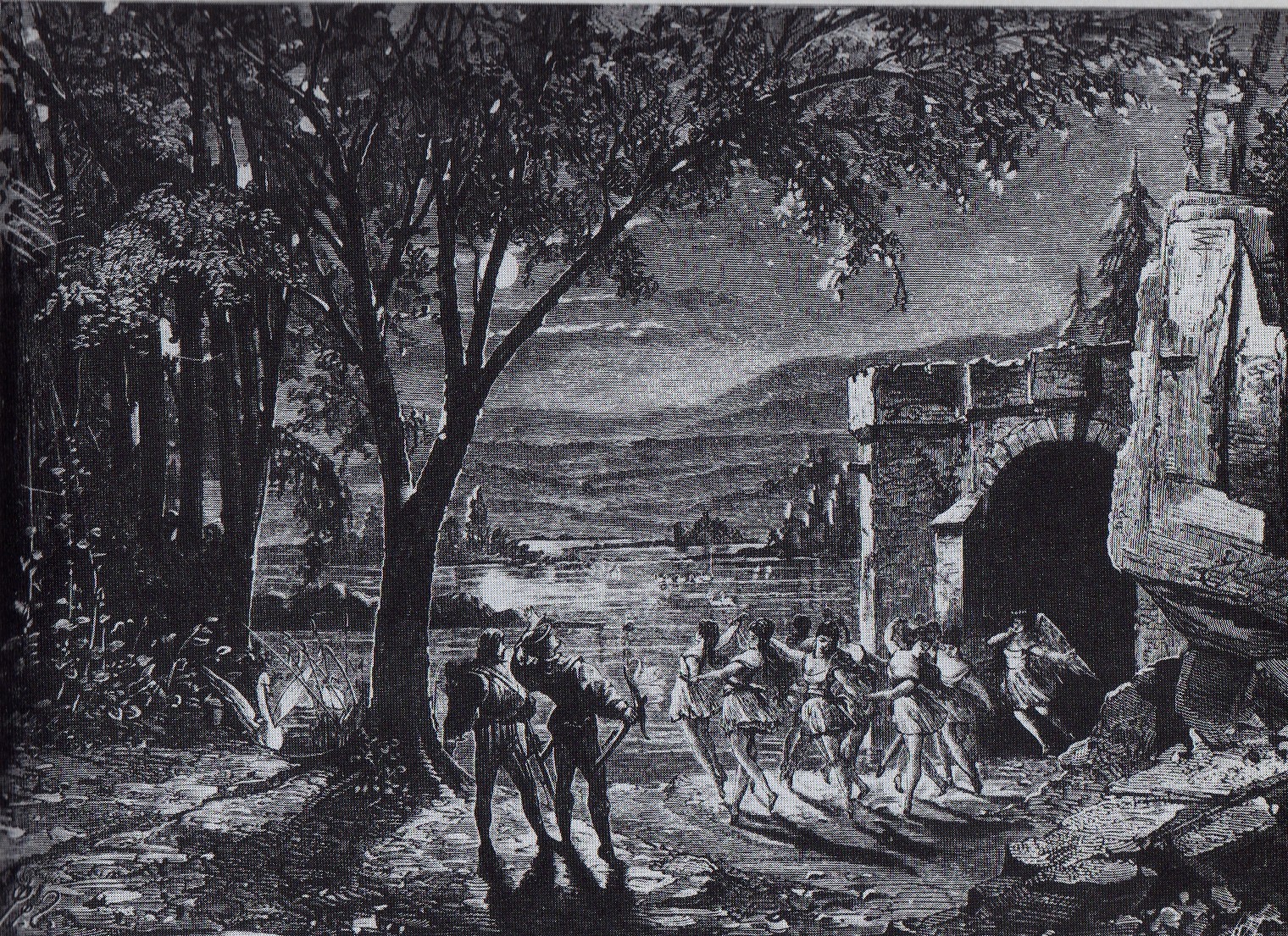|
Variation (ballet)
In ballet, a variation (sometimes referred to as a pas seul, meaning to dance alone) is a solo dance. In a classical grand pas de deux, the ballerina and danseur each perform a variation. Examples * ''La Bayadère'' – Gamzatti, Nikiya * ''Coppélia'' – Swanhilda * '' Le Corsaire'' – Medora * ''Diana and Acteon'' – Diana * ''Don Quixote'' – Basilio, Kitri, Cupid * ''The Nutcracker'' – Sugar Plum Fairy * ''Sleeping Beauty'' – Bluebird * ''Swan Lake ''Swan Lake'' ( rus, Лебеди́ное о́зеро, r=Lebedínoye ózero, p=lʲɪbʲɪˈdʲinəjə ˈozʲɪrə, link=no ), Op. 20, is a ballet composed by Russian composer Pyotr Ilyich Tchaikovsky in 1875–76. Despite its initial failur ...'' – Odile (the Black Swan) References {{reflist Variation (ballet) ... [...More Info...] [...Related Items...] OR: [Wikipedia] [Google] [Baidu] |
Ballet
Ballet () is a type of performance dance that originated during the Italian Renaissance in the fifteenth century and later developed into a concert dance form in France and Russia. It has since become a widespread and highly technical form of dance with its own vocabulary. Ballet has been influential globally and has defined the foundational techniques which are used in many other dance genres and cultures. Various schools around the world have incorporated their own cultures. As a result, ballet has evolved in distinct ways. A ''ballet'' as a unified work comprises the choreography and music for a ballet production. Ballets are choreographed and performed by trained ballet dancers. Traditional classical ballets are usually performed with classical music accompaniment and use elaborate costumes and staging, whereas modern ballets are often performed in simple costumes and without elaborate sets or scenery. Etymology Ballet is a French word which had its origin in Ital ... [...More Info...] [...Related Items...] OR: [Wikipedia] [Google] [Baidu] |
Grand Pas De Deux
In ballet, a pas de deux (French, literally "step of two") is a dance duet in which two dancers, typically a male and a female, perform ballet steps together. The pas de deux is characteristic of classical ballet and can be found in many well-known ballets, including '' Sleeping Beauty'', ''Swan Lake'', and ''Giselle''. It is most often performed by a male and a female (a ''danseur'' and a ''ballerina'') though there are exceptions, such as in the film '' White Nights'', in which a pas de deux is performed by Mikhail Baryshnikov and Gregory Hines. Grand pas de deux A grand pas de deux is a structured pas de deux that typically has five parts, consisting of an ''entrée'' (introduction), an ''adagio'', two variations (a solo for each dancer), and a ''coda'' (conclusion). It is effectively a suite of dances that share a common theme, often symbolic of a love story or the partnership inherent in love, with the dancers portraying expressions of affectionate feelings and thought ... [...More Info...] [...Related Items...] OR: [Wikipedia] [Google] [Baidu] |
La Bayadère
''La Bayadère'' ("the temple dancer") (Russian language, ru. «Баядерка», ''Bayaderka'') is a ballet, originally staged in four acts and seven tableaux by French choreographer Marius Petipa to the music of Ludwig Minkus. The ballet was staged especially for the benefit performance of the Russian ''Prima ballerina'' Ekaterina Vazem, who created the principal role of Nikiya. ''La Bayadère'' was first presented by the Mariinsky Ballet, Imperial Ballet at the Imperial Bolshoi Kamenny Theatre in St. Petersburg, Russia, on . From the first performance the ballet was universally hailed by contemporary critics as one of the choreographer Petipa's supreme masterpieces, particularly the scene from the ballet known as ''The Kingdom of the Shades'', which became one of the most celebrated pieces in all of classical ballet. By the turn of the 20th century, ''The Kingdom of the Shades'' scene was regularly extracted from the full-length work as an independent showpiece, and it has re ... [...More Info...] [...Related Items...] OR: [Wikipedia] [Google] [Baidu] |
Coppélia
''Coppélia'' (sometimes subtitled: ''La Fille aux Yeux d'Émail'' (The Girl with the Enamel Eyes)) is a comic ballet from 1870 originally choreographed by Arthur Saint-Léon to the music of Léo Delibes, with libretto by Charles-Louis-Étienne Nuitter. Nuitter's libretto and mise-en-scène was based upon E. T. A. Hoffmann's short story '' Der Sandmann'' (''The Sandman''). In Greek, ''κοπέλα'' (or ''κοπελιά'' in some dialects) means ''young woman''. ''Coppélia'' premiered on 25 May 1870 at the Théâtre Impérial de l'Opéra, with the 16-year-old Giuseppina Bozzacchi in the principal role of Swanhilda and ballerina Eugénie Fiocre playing the part of Frantz '' en travesti''. The costumes were designed by Paul Lormier and Alfred Albert, the scenery by Charles-Antoine Cambon (Act I, scene 1; Act II, scene 1), and Édouard Desplechin and Jean-Baptiste Lavastre (Act I, scene 2). The ballet's first flush of success was interrupted by the Franco-Prussian Wa ... [...More Info...] [...Related Items...] OR: [Wikipedia] [Google] [Baidu] |
Tsar Kandavl Or Le Roi Candaule
''Le Roi Candaule'' (en. ''King Candaules'') is a ''Grand ballet'' in four acts and six scenes, with choreography by Marius Petipa and music by Cesare Pugni. The libretto is by Jules-Henri Vernoy de Saint-Georges and is based on the history of King Candaules the Ruler of Lydia, as described by Herodotus in his ''Histories''. History ''Le Roi Candaule'' was first presented by the Imperial Ballet on at the Imperial Bolshoi Kamenny Theatre, St. Petersburg, Russia. The ballet was a huge success, with Mlle. Henriette d'Or amazing the audience in her performance as Queen Nisia. Her incredible technical abilities were especially showcased in the celebrated ''Pas de Venus'' of the second act, in which she performed five pirouettes sur la pointe, which caused a great sensation among the audience. Two months later, Petipa moved his ballet to Moscow, where it was premièred on December 22, 1868, at the Imperial Bolshoi Theatre and it continued to be performed in Moscow and St. Peters ... [...More Info...] [...Related Items...] OR: [Wikipedia] [Google] [Baidu] |
Don Quixote (ballet)
''Don Quixote'' is a ballet in three acts, based on episodes taken from the famous novel '' Don Quixote de la Mancha'' by Miguel de Cervantes. It was originally choreographed by Marius Petipa to the music of Ludwig Minkus and first presented by Moscow's Bolshoi Ballet on . Petipa and Minkus revised the ballet into a more elaborate and expansive version in five acts and eleven scenes for the Mariinsky Ballet, first presented on at the Imperial Bolshoi Kamenny Theatre of St. Petersburg. All modern productions of the Petipa/Minkus ballet are derived from the version staged by Alexander Gorsky for the Bolshoi Theatre of Moscow in 1900, a production the ballet master staged for the Imperial Ballet of St. Petersburg in 1902. History Earlier versions The two chapters of the novel that the ballet is mostly based on were first adapted for the ballet in 1740 by Franz Hilverding in Vienna, Austria. In 1768, Jean Georges Noverre mounted a new version of ''Don Quixote'' in Vie ... [...More Info...] [...Related Items...] OR: [Wikipedia] [Google] [Baidu] |
The Nutcracker
''The Nutcracker'' ( rus, Щелкунчик, Shchelkunchik, links=no ) is an 1892 two-act ballet (""; russian: балет-феерия, link=no, ), originally choreographed by Marius Petipa and Lev Ivanov with a score by Pyotr Ilyich Tchaikovsky (Op. 71). The libretto is adapted from E. T. A. Hoffmann's 1816 short story "The Nutcracker and the Mouse King". Although the original production was not a success, the 20-minute suite that Tchaikovsky extracted from the ballet was. The complete ''Nutcracker'' has enjoyed enormous popularity since the late 1960s and is now performed by countless ballet companies, primarily during the Christmas season, especially in North America. Major American ballet companies generate around 40% of their annual ticket revenues from performances of ''The Nutcracker''. The ballet's score has been used in several film adaptations of Hoffmann's story. Tchaikovsky's score has become one of his most famous compositions. Among other things, the score is ... [...More Info...] [...Related Items...] OR: [Wikipedia] [Google] [Baidu] |
Sleeping Beauty (ballet)
''The Sleeping Beauty'' ( rus, Спящая красавица, Spyashchaya krasavitsa ) is a ballet in a prologue and three acts, first performed in 1890. The music was composed by Pyotr Ilyich Tchaikovsky ( Opus 66). The score was completed in 1889, and is the second of his three ballets. The original scenario was conceived by Ivan Vsevolozhsky, and is based on Charles Perrault's ''La Belle au bois dormant''. The choreographer of the original production was Marius Petipa. The premiere performance took place at the Mariinsky Theatre in St. Petersburg on January 15, 1890. The work has become one of the classical repertoire's most famous ballets. History Tchaikovsky was approached by the Director of the Imperial Theatres in St. Petersburg, Ivan Vsevolozhsky on 25 May 1888 about a possible ballet adaptation on the subject of the story of ''Undine''. It was later decided that Charles Perrault's ''La Belle au bois dormant'' would be the story for which Tchaikovsky would comp ... [...More Info...] [...Related Items...] OR: [Wikipedia] [Google] [Baidu] |
Swan Lake
''Swan Lake'' ( rus, Лебеди́ное о́зеро, r=Lebedínoye ózero, p=lʲɪbʲɪˈdʲinəjə ˈozʲɪrə, link=no ), Op. 20, is a ballet composed by Russian composer Pyotr Ilyich Tchaikovsky in 1875–76. Despite its initial failure, it is now one of the most popular ballets of all time. The scenario, initially in two acts, was fashioned from Russian and German folk tales and tells the story of Odette, a princess turned into a swan by an evil sorcerer's curse. The choreographer of the original production was Julius Reisinger (Václav Reisinger). The ballet was premiered by the Bolshoi Ballet on at the Bolshoi Theatre in Moscow. Although it is presented in many different versions, most ballet companies base their stagings both choreographically and musically on the 1895 revival of Marius Petipa and Lev Ivanov, first staged for the Imperial Ballet on 15 January 1895, at the Mariinsky Theatre in St. Petersburg. For this revival, Tchaikovsky's score was revise ... [...More Info...] [...Related Items...] OR: [Wikipedia] [Google] [Baidu] |






